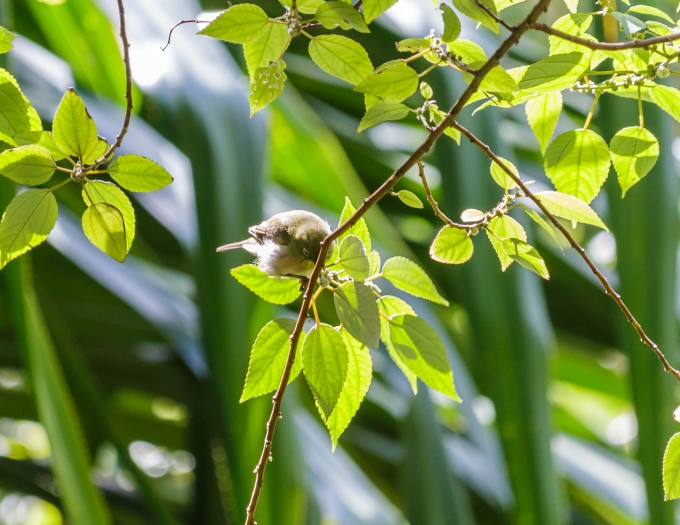Māmaki
(Pipturus albidus)
Māmaki (Pipturus albidus)
/
/

© Meghan Cassidy
CC BY-SA 4.0
Image By:
© Meghan Cassidy
Recorded By:
Copyright:
CC BY-SA 4.0
Copyright Notice:
Photo by: © Meghan Cassidy | License Type: CC BY-SA 4.0 | License URL: http://creativecommons.org/licenses/by-sa/4.0/ | Uploader: wildcarrot | Publisher: iNaturalist |

























Estimated Native Range
Summary
Pipturus albidus, commonly known as māmaki, is a small tree or shrub endemic to Hawai’i, where it thrives in a range of ecosystems including coastal mesic forests, mixed mesic forests, and wet forests at elevations of 197-6004 feet. Māmaki can grow up to 30 feet tall, but more commonly it is seen as a smaller shrub in cultivation. It features broad, heart-shaped leaves and small, white flowers that are followed by red or black fruit. The plant is deciduous in drier areas but tends to keep its leaves in wetter environments.
Māmaki is valued for its cultural significance and medicinal properties. The leaves are widely used to make a herbal tea that is believed to have health benefits. In addition to its use in traditional medicine, māmaki is also cultivated for its fibers, which are historically significant for the production of kapa (bark cloth) and rope. It is the preferred host plant for the Kamehameha butterfly, making it an important species for conservation efforts. In cultivation, māmaki prefers well-drained soils and can tolerate a range of light conditions, from full sun to partial shade. It is relatively low-maintenance and can be used in native plant gardens or as part of reforestation projects. While it is not commonly known for pest or disease problems, it can be susceptible to root rot if overwatered or planted in poorly draining soils.CC BY-SA 4.0
Māmaki is valued for its cultural significance and medicinal properties. The leaves are widely used to make a herbal tea that is believed to have health benefits. In addition to its use in traditional medicine, māmaki is also cultivated for its fibers, which are historically significant for the production of kapa (bark cloth) and rope. It is the preferred host plant for the Kamehameha butterfly, making it an important species for conservation efforts. In cultivation, māmaki prefers well-drained soils and can tolerate a range of light conditions, from full sun to partial shade. It is relatively low-maintenance and can be used in native plant gardens or as part of reforestation projects. While it is not commonly known for pest or disease problems, it can be susceptible to root rot if overwatered or planted in poorly draining soils.CC BY-SA 4.0
Plant Description
- Plant Type: Shrub, Tree
- Height: 15-20 feet
- Width: 6-10 feet
- Growth Rate: Slow, Moderate
- Flower Color: Green, White
- Flowering Season: Spring, Summer, Fall, Winter
- Leaf Retention: Evergreen
Growth Requirements
- Sun: Part Shade
- Water: Medium
- Drainage: Medium
Common Uses
Bird Garden, Butterfly Garden, Low Maintenance
Natural Habitat
Coastal mesic forests, mixed mesic forests, and wet forests at elevations of 197-6004 feet in Hawai’i
Other Names
Common Names: Māmaki
Scientific Names: , Pipturus albidus, Boehmeria acuminata, Boehmeria acuminata, Boehmeria albida, Perlarius albidus, Pipturus albidus, Pipturus albidus subsp. gaudichaudianus, Pipturus albidus subsp. meyenianus, Pipturus albidus var. gaudichaudeanus
GBIF Accepted Name: